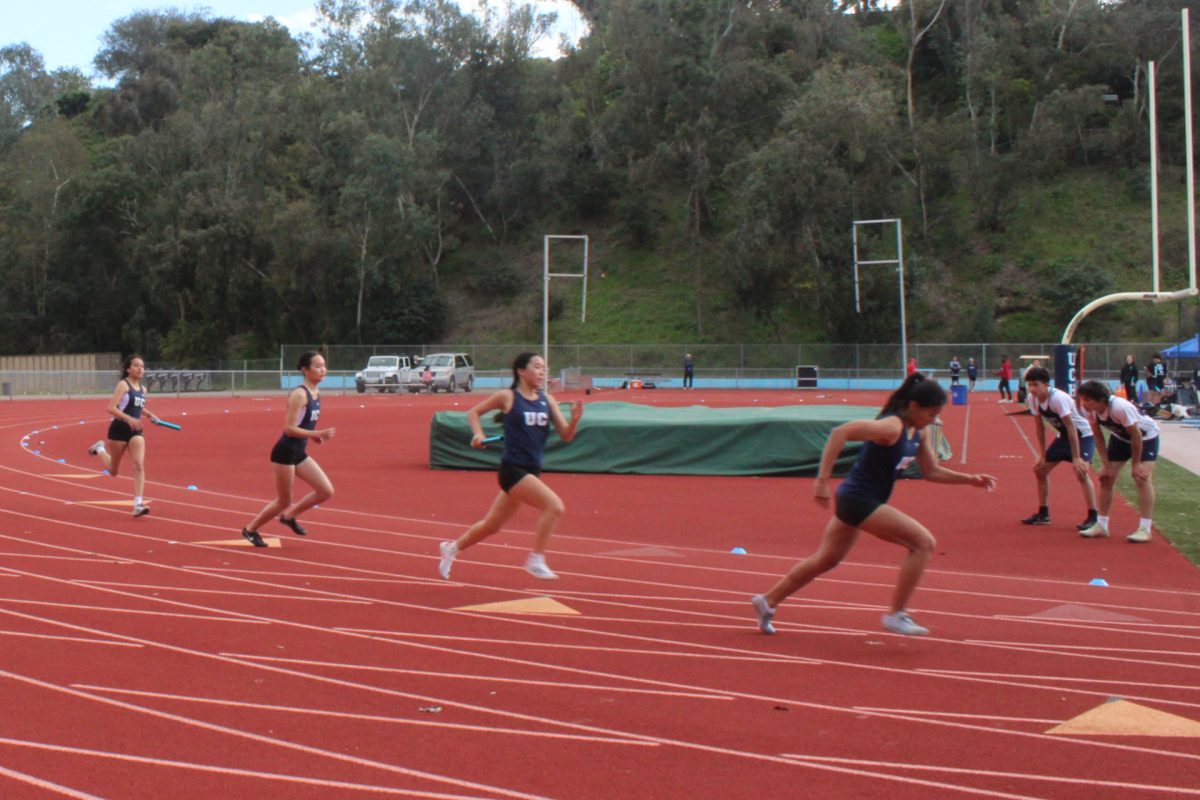A sport with both great individualism and team support, with many events to choose from, track and field is unlike any other high school activity. Competition within track is based on “meets,” where different schools compete against one another for victory. With so many events occurring within the meets, it’s easy to lose track (no pun intended) of the mechanics behind the competition. Behold, a guide to how track meets work.
“A track meet is like a chaotic birthday party when you’re little and you invite your whole class…. Everyone on the team is doing track and yet the sport ranges so much because of the variety of events. There are so many different groups within it, instead of a central group, because of the different field events and distances,” said Senior Shemsy Lewis-Mussa, who runs the 800-meter and mile races, and is one of many cross country athletes who also participate in the track season.
“Track meets are full of different running events ranging from the 100-meter dash to 3200 meters as well as different field events such as pole vault. They last for a couple of hours with many different heats for all skill levels,” said Junior Erin O’Beirne, who runs the 800-meter, 1600-meter, and 3200-meter races, alongside some occasional relays.
“Our team has around 100 individuals competing; other teams have close to 200. Besides that, individuality takes the lead because, although you want to score more points than the other schools, you’re also racing against yourself for season records and personal records in every event,” said Senior Jacob Sky.
Although this can make it seem like each athlete’s singular performance is irrelevant, every event matters. Sky added, “Teams as a whole earn points by placing first [5 points], second [3 points], and third [1 point] in individual events or first place [5 points] in relay races. The coaches will place individuals in certain events that play to their strengths as an athlete as well as depending on what the team needs in terms of the number of points we need to beat the other team. That’s why I could be running the 400 one meet and an 800 the next meet. It depends on our matchups and who would be best where.”
O’Beirne said, “Track meets are different from other sporting events because there are multiple things to watch all happening at once. There is never a moment where there isn’t something going on. There is something for everyone to watch.”
Lewis-Mussa attributes success in a track meet to a variety of factors. She said, “You win and succeed with a mixture of training, mental toughness and strength, and building that ability up…. Your brain is going to tell you you can’t go faster so your mental game has to be strong.”
Sky recommends that students come and see track meets for themselves. He said, “Supporting all of our athletes and all of the hard hours of work they put in after school every day is important to the athletes themselves, as well as the coaches who train us and put on the meets, and the parents of the athletes. The events are very competitive, and it’s exciting to watch.”

